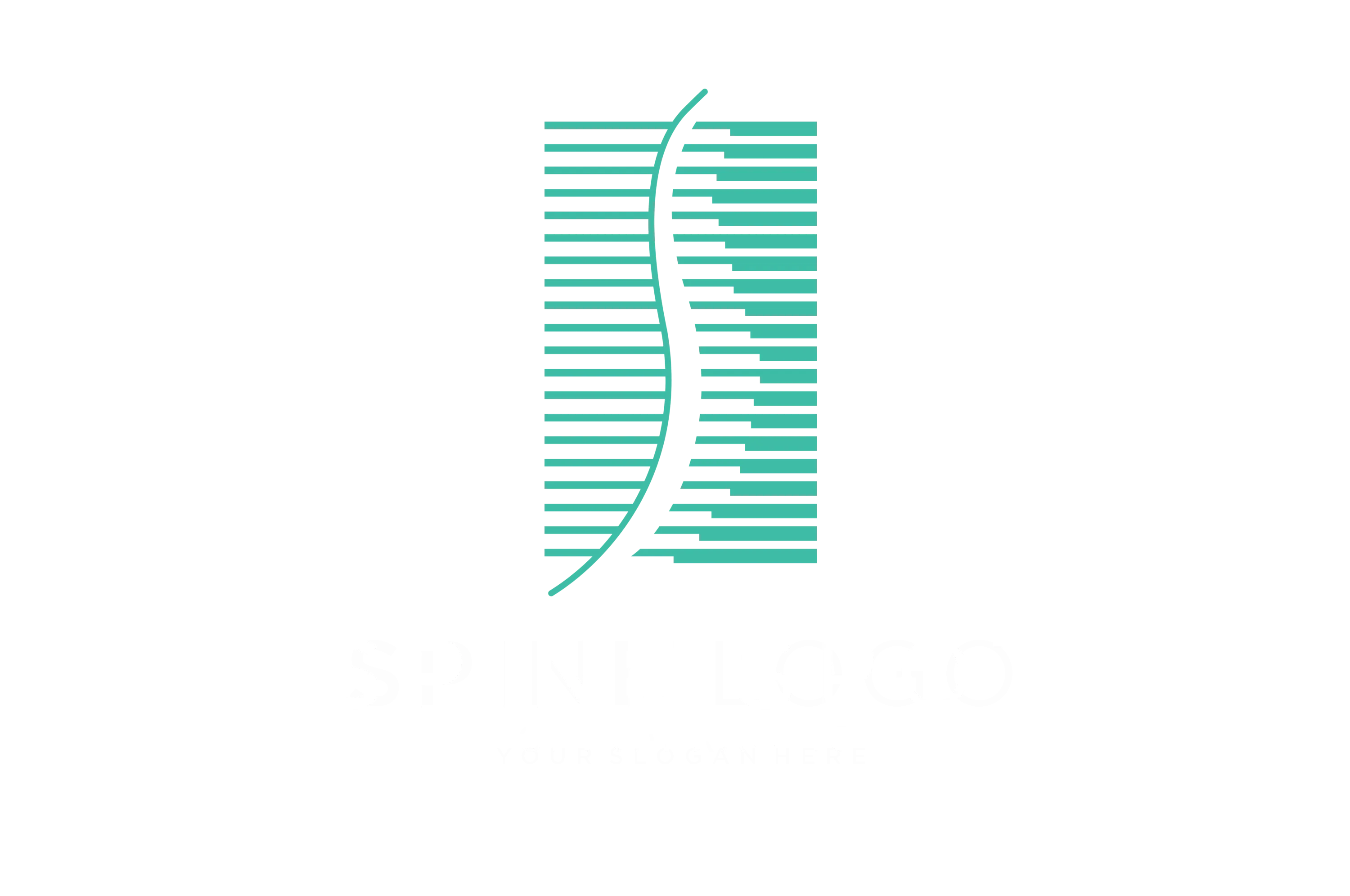Benefits of Therapeutic Exercise for Health and Rehabilitation
Therapeutic exercise plays a crucial role in the field of physical therapy and rehabilitation. It encompasses a wide range of exercises that aim to improve physical function, reduce pain, and enhance overall well-being. This article delves into the definition, principles, types, and significance of therapeutic exercise, shedding light on its immense benefits for individuals undergoing rehabilitation.
What is Therapeutic Exercise?
Definition and Principles of Therapeutic Exercise
Therapeutic exercise refers to a tailored physical activity regimen designed to improve specific impairments and restore optimal physical function. It is based on the principles of individualized assessment, targeted intervention, and progressive adaptation. These exercises are prescribed and supervised by physical therapists to address various musculoskeletal and neurological conditions, aiming to optimize patient outcomes and enhance quality of life.
The Role of Physical Therapists in Prescribing Therapeutic Exercise
Physical therapists play a pivotal role in prescribing therapeutic exercise by conducting comprehensive evaluations, identifying functional limitations, and formulating personalized treatment plans. They leverage their expertise to select specific exercises tailored to individual needs, ensuring safe and effective interventions that promote recovery and rehabilitation.
Benefits of Therapeutic Exercise in Rehabilitation
Therapeutic exercise forms a cornerstone of rehabilitation programs, offering multifaceted benefits such as improved muscle strength, enhanced range of motion, reduced pain, and enhanced physical function. It aids individuals in regaining mobility, addressing balance issues, and achieving overall functional independence, leading to a higher quality of life.
Types of Therapeutic Exercises
Endurance Exercises for Improving Cardiovascular Health
Endurance exercises, such as aerobic activities, are vital for enhancing cardiovascular fitness, promoting efficient circulation, and boosting overall endurance. They aid in reducing fatigue, improving stamina, and enhancing physical fitness, thereby contributing to an individual's holistic well-being.
Strengthening Exercises to Enhance Muscle Function and Structure
Strengthening exercises target specific muscle groups to enhance their function, structure, and endurance. These exercises are instrumental in addressing muscle weakness, improving postural stability, and enhancing overall physical strength, particularly in individuals undergoing rehabilitation or musculoskeletal therapy.
Flexibility Exercises for Improving Range of Motion
Flexibility exercises focus on enhancing joint mobility, reducing stiffness, and improving overall range of motion. They are crucial for individuals with musculoskeletal impairments, helping to alleviate tightness, improve functional movement, and prevent potential injuries related to restricted mobility.
Importance of Therapeutic Exercise Program
Role of Physical Therapists in Designing Individualized Exercise Programs
Physical therapists are instrumental in designing individualized therapeutic exercise programs tailored to the unique needs and abilities of each patient. These customized programs aim to address specific impairments, optimize functional outcomes, and support the overall rehabilitation process, ensuring a comprehensive and patient-centric approach to recovery.
Significance of Therapeutic Exercise in Maintaining Physical Fitness
Therapeutic exercise is not only vital for rehabilitation but also plays a key role in maintaining physical fitness and overall well-being. It contributes to enhancing muscle strength, cardiovascular health, and flexibility, fostering a proactive approach to health management and long-term physical well-being.
Integration of Therapeutic Exercise in Musculoskeletal Rehabilitation
In musculoskeletal rehabilitation, the integration of therapeutic exercise is fundamental for restoring mobility, addressing muscle imbalances, and promoting optimal recovery from injuries or surgical interventions. It forms an integral part of comprehensive rehabilitation programs, facilitating the restoration of function and mobility in affected individuals.
Therapeutic Exercise Prescription
Factors Considered in Designing a Tailored Therapeutic Exercise Plan
When designing a tailored therapeutic exercise plan, several factors are carefully considered, including the individual's medical history, current physical status, specific impairments, and rehabilitation goals. This personalized approach ensures that the prescribed exercises are safe, effective, and aligned with the patient's unique needs and capabilities.
Role of Endurance Exercise in Improving Functional Impairments
Endurance exercises play a pivotal role in improving functional impairments by targeting cardiovascular fitness, promoting endurance, and enhancing overall physical function. These exercises contribute to enhancing stamina, reducing fatigue, and optimizing the individual's capacity for daily activities, thereby fostering greater independence and functional well-being.
Benefits of Resistance Training in Muscle Strength and Rehabilitation
Resistance training, a type of therapeutic exercise, offers remarkable benefits in enhancing muscle strength, promoting muscle hypertrophy, and supporting the rehabilitation process. It is instrumental in addressing muscle weakness, improving functional capacity, and aiding individuals in regaining optimal physical strength and resilience.
Role of Therapeutic Exercise in Treatment Plans
Integration of Therapeutic Exercise in Comprehensive Rehabilitation Programs
Comprehensive rehabilitation programs often integrate therapeutic exercise as a core component, recognizing its profound impact on patient outcomes, functional improvement, and overall well-being. The incorporation of tailored exercise programs enhances the efficacy of rehabilitation interventions, fostering holistic recovery and long-term health management.
Application of Aquatic Therapy in Enhancing Therapeutic Exercise Efficacy
Aquatic therapy, a form of therapeutic exercise, proves beneficial in enhancing exercise efficacy by leveraging the resistance and buoyancy properties of water. It offers a low-impact yet highly effective avenue for individuals to engage in therapeutic exercise, particularly for those with musculoskeletal limitations or arthritis, promoting improved mobility and physical function.
Combining Manual Therapy with Therapeutic Exercise for Optimal Outcomes
Manual therapy, when combined with therapeutic exercise, yields optimal outcomes in rehabilitation and musculoskeletal therapy. The synergistic approach of manual techniques and targeted exercises enhances joint mobility, reduces pain, and fosters optimal functional recovery, contributing to holistic rehabilitation outcomes for individuals undergoing treatment.
What are Therapeutic Exercises?
Therapeutic exercises are specific exercises meant for correcting specific problems. Depending on the matter of your concern, your chiropractor may give you a list of exercises to perform to reduce discomfort. The focus of therapeutic exercise is to regain flexibility, strength, and endurance related to specific physical problems.
Therapeutic exercise aims to improve, restore, and prevent loss of physical function. It can also improve a patient’s overall health, fitness, and sense of well-being.
Additional objectives of Therapeutic exercise include:
- Increasing mobility
- Releasing contracted muscles, tendons, and fascia
- Mobilizing joints
- Improving circulation
- Improving respiratory capacity
- Improving coordination
- Reducing rigidity
- Improving balance
Therapeutic exercises are classified into three major categories:
- Endurance training
- Resistance training
- Flexibility training
No matter what type of exercise is prescribed to remedy a patient’s specific condition, the final goal of rehabilitation is to acquire a maximum level of physical fitness, without the use of more invasive methods. Therapeutic exercise can be performed at home and gives you the power to improve your quality of life.
More Chiropractic Techniques and Physiotherapies
- Electrical Muscle stimulation
- Spinal Decompression
- Spinal Manipulation/Adjustment
- Therapeutic Ultrasound




